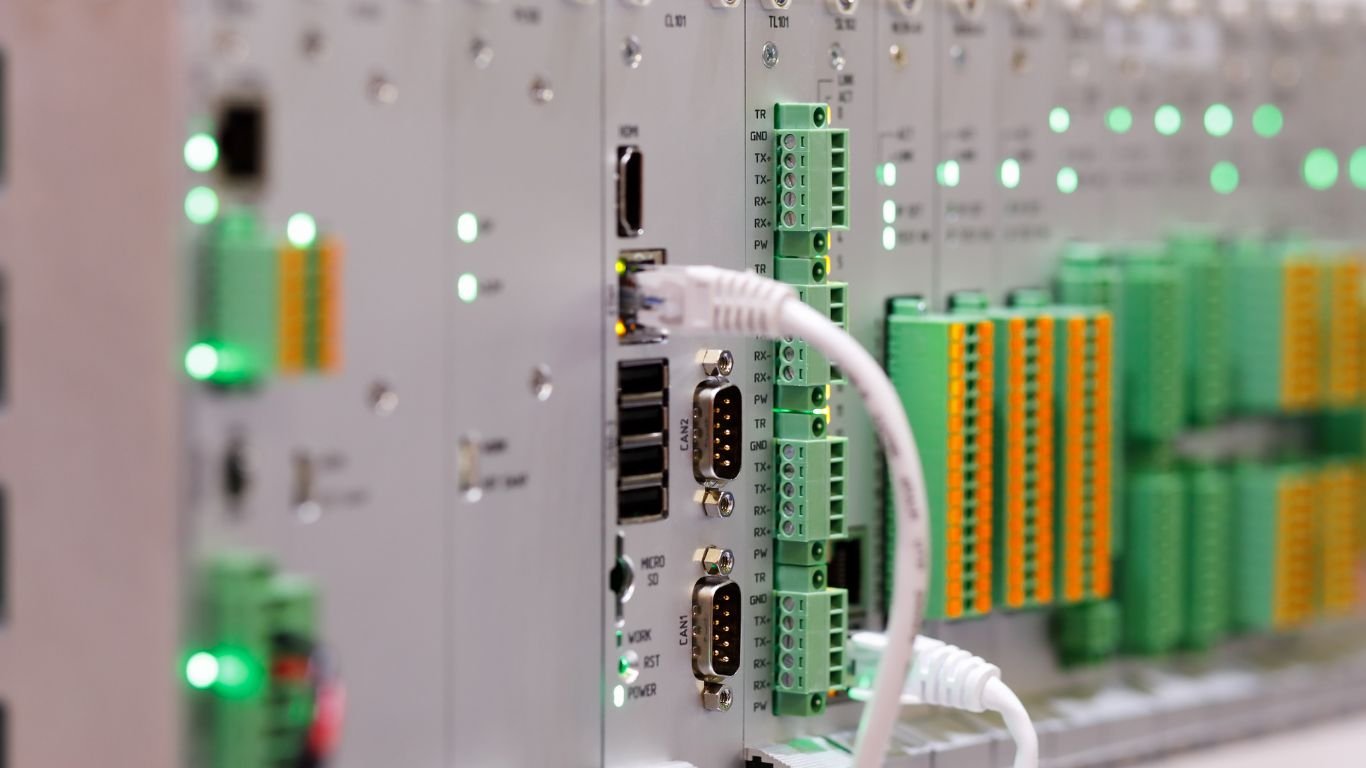PLC vs. Micro PLC
To introduce a Micro PLCs, or programmable logic controller, is essentially a computer that continuously runs a single program in an infinite loop. These controllers are typically used to control entire assembly lines, various machinery, and most industrial automation processes.
A micro PLC is similar to a full-size PLC but usually has smaller memory capacity and embedded input and outputs (I/O). In recent years, manufacturers have developed micro PLCs to cater to more compact automation needs.
Selecting a Micro PLC
Micro PLCs can perform the same automation tasks as larger PLCs, but selecting the right version for your project is crucial. Key considerations include:
- I/O Counts: Typical input/output requirements for your application.
- Motion Control: Whether the system allows variable frequency drive (VFD) or servo drive connections and the number of axes supported.
- HMI Capabilities: How operators will interface with the machine. Most micro PLCs cannot connect to standard HMIs but may offer micro HMI products.
For example, Siemens LOGO! has an HMI designed specifically for it, allowing text display and background color changes through the programming environment. B&R and Beckhoff systems use HTML5, enabling any web browser to act as an HMI.
Data Storage Considerations
When selecting a micro PLC, consider data storage needs:
- Memory Restrictions: If your project requires storing recipes or numerous retentive variables, memory limitations can be an issue.
- Code Size: Larger automation projects require extensive code, which may not fit into the memory of a micro PLC.
- External Storage: Some micro PLCs use USB or micro SD ports to store recipe data, but may not store variable data, so it’s essential to understand your micro PLC’s limitations.
Micro PLC Company Offerings
Allen-Bradley offers the Micro800 series, ranging from the Micro810 (a smart relay) to the Micro870 (with motion capabilities and expansion modules).
Siemens offers the LOGO! and the SIMATIC S7-1200. The LOGO! uses free programming software and can connect to cloud-based systems. The S7-1200 is between a micro PLC and a full-sized PLC, using the same software as the S7-1500 with features like remote I/O connection and OPC UA.
B&R and Beckhoff provide compact industrial PC versions of micro PLCs. B&R’s Compact-S family uses the Coretex A9 processor but lacks embedded I/O. Beckhoff’s CX9000 and CX8000 families also lack embedded I/O but use the Cortex A8 and A9 processors.
Micro PLC Limitations
Micro PLCs are cost-effective but come with limitations:
- Memory Size: Memory constraints are common, preventing expandable program memory. SD cards or other removable storage can store recipe parameters but not program memory.
- Compliance: Compatibility with devices can vary. For instance, Allen-Bradley’s Micro800 series has Ethernet/IP capabilities, but not all Ethernet/IP devices are compliant.
Micro PLC Advantages
Micro PLCs offer a tailored solution to automation needs without requiring one massive processor. Benefits include:
- Cost-Effectiveness: Lower cost compared to full-sized PLCs.
- Communication: Ability to connect multiple smaller PLCs over industrial protocols, changing control system topologies in factories.
- Performance: Comparable program scan times and communication protocols to larger PLCs.
With these features, micro PLCs are increasingly popular, providing flexibility and efficiency in industrial automation.

